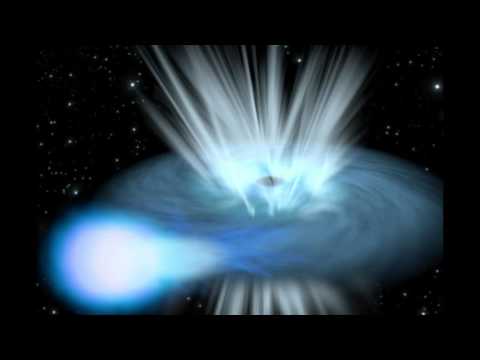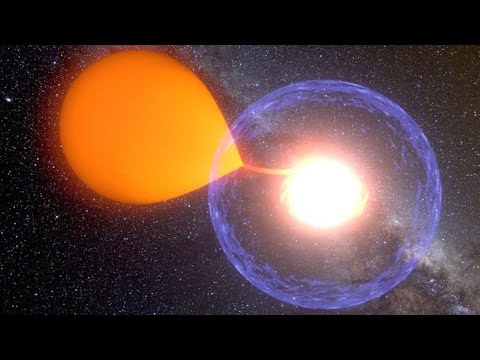Into the Unknown: Delving Deeper into the Enigmatic World of Nebulae
Nebulae have long captured the imagination of astronomers and the general public alike. These mysterious clouds of gas and dust, often illuminated by the light of nearby stars, are among the most beautiful and enigmatic objects in the universe. From the iconic Eagle Nebula to the stunning Orion Nebula, these cosmic wonders have fascinated scientists for centuries.
One of the most famous nebulae is the Pillars of Creation in the Eagle Nebula. This stunning image, captured by the Hubble Space Telescope, shows towering pillars of gas and dust where new stars are being born. The intricate structures of the Pillars of Creation have inspired awe and wonder in countless people, and have become an iconic image of the beauty and complexity of the universe.
But nebulae are not just beautiful to look at – they also play a crucial role in the lifecycle of stars. Nebulae are often the birthplaces of new stars, as the clouds of gas and dust collapse under their own gravity to form protostars. As these protostars gather more material, they eventually ignite and begin to shine, creating the bright stars that illuminate the surrounding nebula.
Nebulae are also important for the recycling of matter in the universe. When a star reaches the end of its life and explodes in a supernova, it releases its outer layers of gas and dust into space. These materials are then incorporated into new nebulae, where they can go on to form new stars and planets. In this way, nebulae play a vital role in the ongoing cycle of stellar birth and death in the universe.
One of the most intriguing aspects of nebulae is their diversity. There are many different types of nebulae, each with its own unique characteristics and properties. For example, planetary nebulae are the remnants of dying stars, while reflection nebulae are illuminated by the light of nearby stars. Supernova remnants, on the other hand, are the remnants of massive star explosions, and are often characterized by their intricate and complex structures.
Recent advances in telescope technology have allowed astronomers to delve deeper into the enigmatic world of nebulae than ever before. The James Webb Space Telescope, set to launch in 2021, promises to revolutionize our understanding of these cosmic wonders by providing unprecedented views of their intricate structures and processes. With the help of cutting-edge instruments like the James Webb Space Telescope, scientists hope to unravel the mysteries of nebulae and gain new insights into the processes that shape our universe.
In conclusion, nebulae are some of the most fascinating and beautiful objects in the universe. From the iconic Pillars of Creation to the enigmatic Veil Nebula, these cosmic wonders continue to captivate our imagination and inspire awe and wonder. By studying nebulae and their role in the lifecycle of stars, astronomers hope to gain a deeper understanding of the processes that shape our universe and unlock the secrets of the enigmatic world of nebulae.













